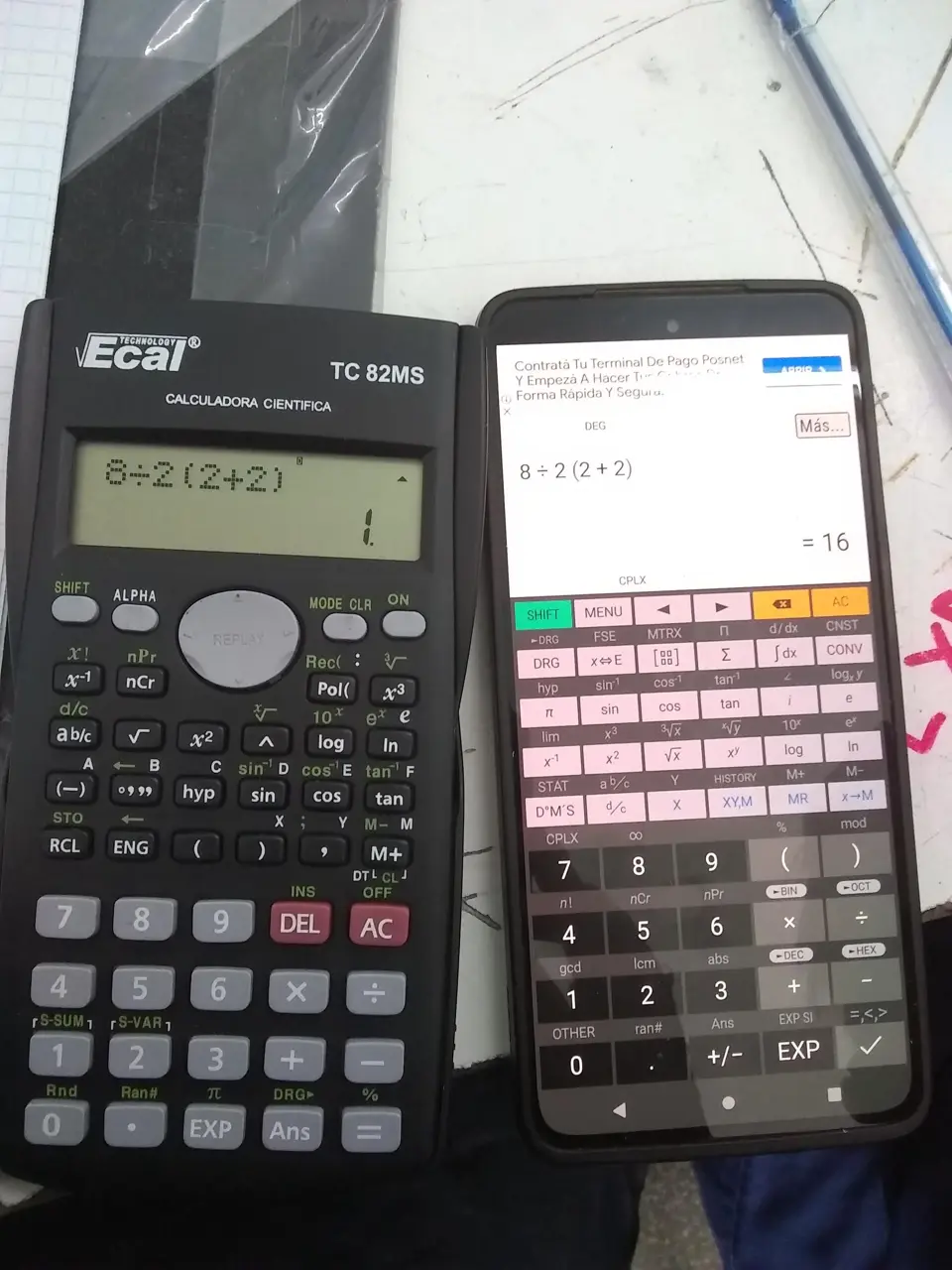this post was submitted on 03 Dec 2023
408 points (99.5% liked)
196
17520 readers
613 users here now
Be sure to follow the rule before you head out.
Rule: You must post before you leave.
Other rules
Behavior rules:
- No bigotry (transphobia, racism, etc…)
- No genocide denial
- No support for authoritarian behaviour (incl. Tankies)
- No namecalling
- Accounts from lemmygrad.ml, threads.net, or hexbear.net are held to higher standards
- Other things seen as cleary bad
Posting rules:
- No AI generated content (DALL-E etc…)
- No advertisements
- No gore / violence
- Mutual aid posts are not allowed
NSFW: NSFW content is permitted but it must be tagged and have content warnings. Anything that doesn't adhere to this will be removed. Content warnings should be added like: [penis], [explicit description of sex]. Non-sexualized breasts of any gender are not considered inappropriate and therefore do not need to be blurred/tagged.
If you have any questions, feel free to contact us on our matrix channel or email.
Other 196's:
founded 2 years ago
MODERATORS
you are viewing a single comment's thread
view the rest of the comments
view the rest of the comments

(8 ÷ 2) × (2 + 2)8 ÷ (2 × (2 + 2))2 2 + 8 2 ÷ × .(× (÷ 8 2) (+ 2 2))prefix notation doesn't need parentheses either though, at least in this case. lisp uses them for readability and to get multiple arity operators. infix doesn't have any ambiguity either if you parenthesize all operations like that.
There isn't any ambiguity even if you don't.
PEMDAS is actually (PE)(MD)(AS). Those that are grouped together have equal precedence and are evaluated left to right.
8 / 2 * (2+2)
8 / 2 * 4
4 * 4
16
Edit to fix formatting, maybe?
When you added the multiply you changed the answer, because the (2+2) is now in the numerator instead of in the denominator.
You added brackets and changed the answer. 2(2+2) is a single term, and if you break it up then you change the answer (because now the (2+2) is in the numerator instead of in the denominator).
The only right answer
Nope, 1 is the only correct answer.
Except they don't. This isn't a notation problem, it's a people don't remember the rules of Maths problem.